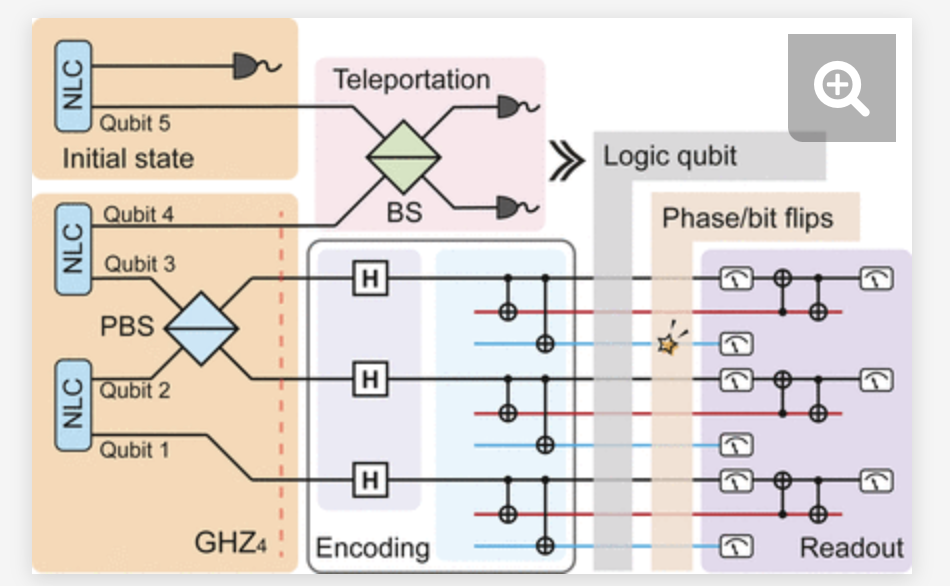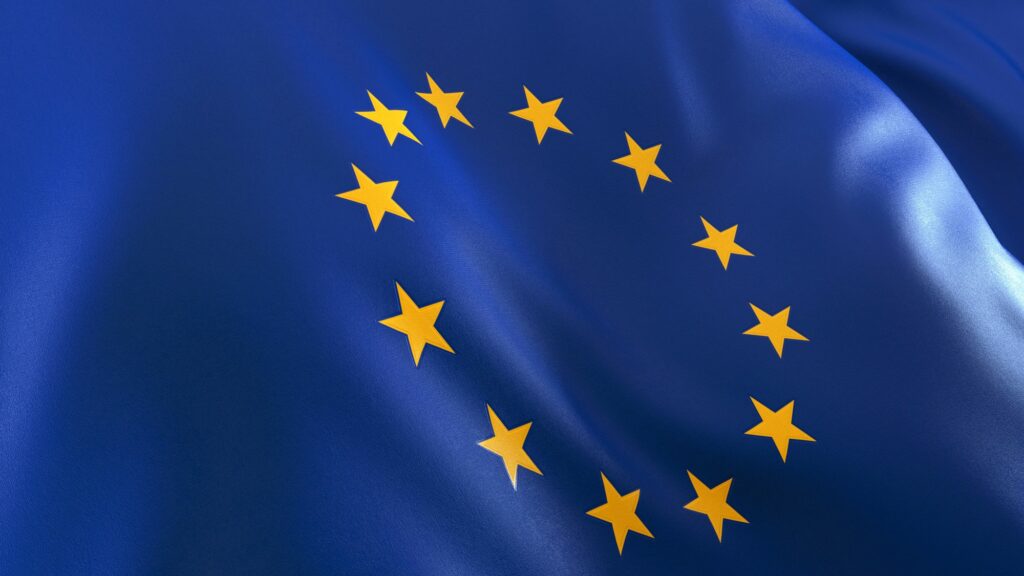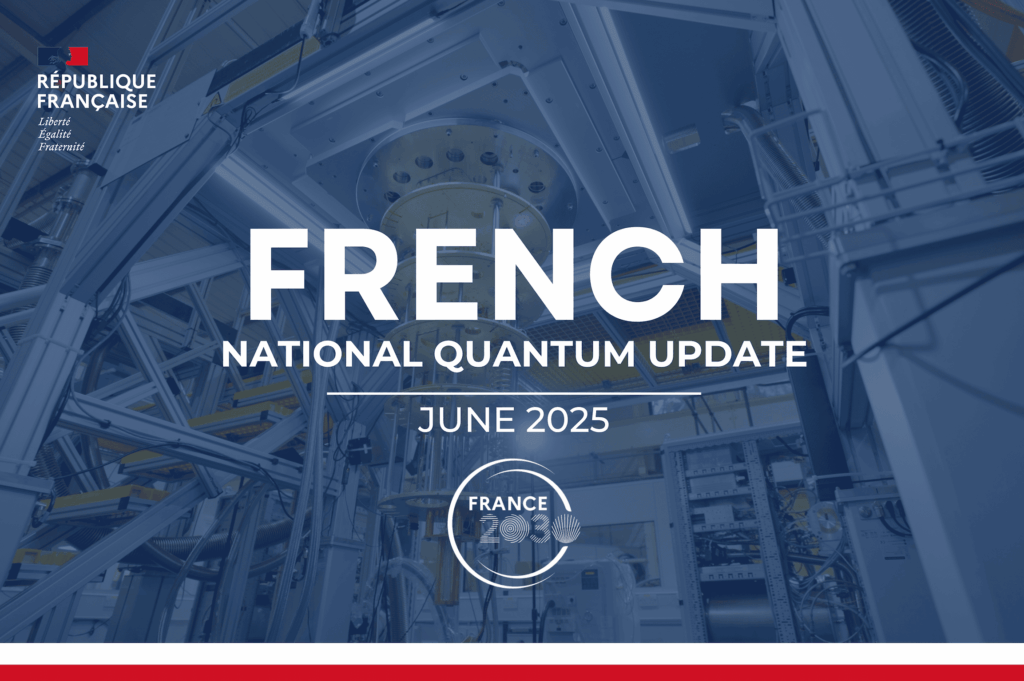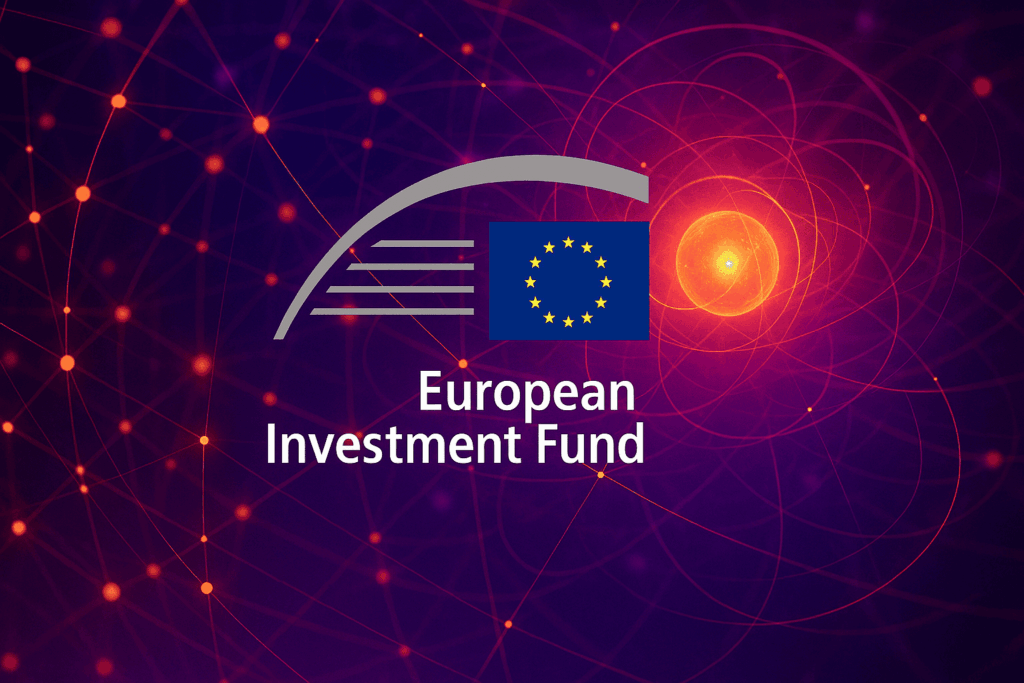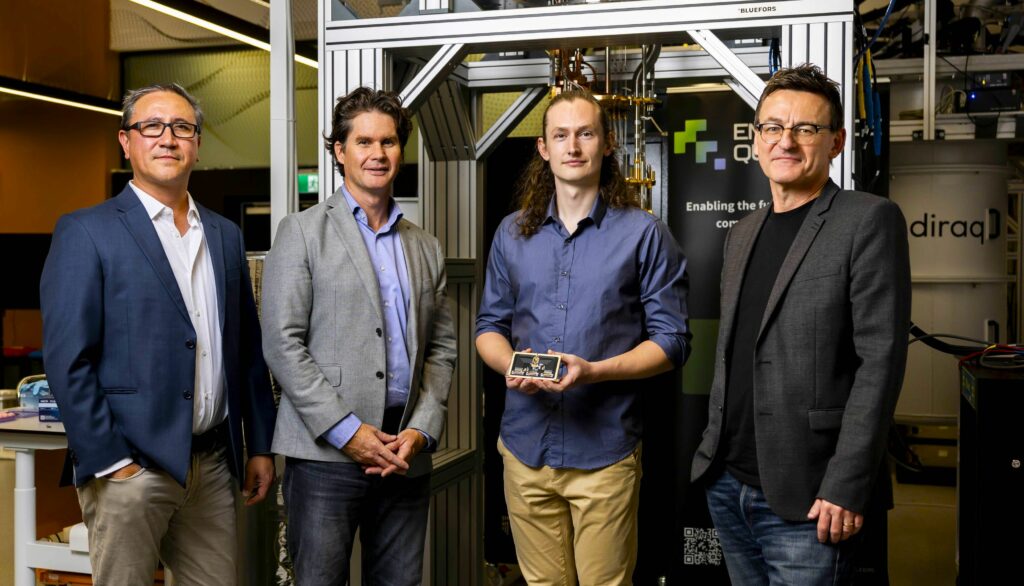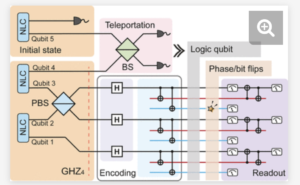
An international team of researchers reports that they discovered an approach to error correction that could lead to more scalable quantum computer and — oh, by the way — might be useful for studying holographic quantum gravity.
The team, which includes quantum luminaries Anton Zeilinger of the Austrian Academy of Sciences and former student Jian-Wei Pan, of the University of Science and Technology of China, report that the developed an error-correctable quantum teleportation that can be used to manipulate a logical qubit that protected quantum information.
In the paper, which was published in PNAS, the researchers write: “Quantum error correction is an essential tool for reliably performing tasks for processing quantum information on a large scale. However, integration into quantum circuits to achieve these tasks is problematic when one realizes that nontransverse operations, which are essential for universal quantum computation, lead to the spread of errors.”
They add that quantum gate teleportation is one solution for the problem. In this approach the fragile, nontransverse inline gates are replaced by the generation of specific, highly entangled offline resource states. These states can be teleported into the circuit to implement the nontransverse gate, according to the researchers.

Quantum information encoded on the physical qubit was teleported into the error-corrected logical qubit with fidelities up to 0.786.
The researchers employed three nonlinear crystals (NLCs) to create six photons in total. Two NLCs in combination with a polarizing beam splitter create a GHZ4 state — Greenberger–Horne–Zeilinger state — which is a type of entangled quantum state that includes involves at least three subsystems. The fifth photon is programmed with an arbitrary qubit state that will be be teleported and the sixth photon serves as a trigger.
They say that this entanglement between a physical qubit and a logical qubit may serve as a building block for other quantum information tasks. Interestingly, the researchers suggest that the experiment may help scientists better understand the holographic principle, a popular theory of how quantum reality works.
The researchers write: “It enables a teleportation-based divide-and-conquer method to realize deep-depth quantum computing similar to the strategy used in long-distance quantum communication, which is exponentially resource efficient. It is also a basic structure to simulate quantum gravity.”
Quantum correlation between the central physical qubit and the logical qubit in the boundary is an implementation of the holographic principle, according to the researchers, adding that this is critical to understanding space−time structure in quantum gravity from the view of quantum entanglement.
“Our high-fidelity transport of quantum state between the bulk and boundary qubits demonstrates a kind of holographic equivalence,” the researchers write.
This work was supported by the National Natural Science Foundation of China; the Chinese Academy of Sciences; the National Fundamental Research Program; the Anhui Initiative in Quantum Information Technologies; Ministry of Education, Culture, Sports, Science and Technology; the Austrian Federal Ministry of Education, Science and Research; and the University of Vienna through the project Quantum Experiments on Space Scale.
Don’t forget to check out our new article about quantum teleportation here.
For more market insights, check out our latest quantum computing news here.

